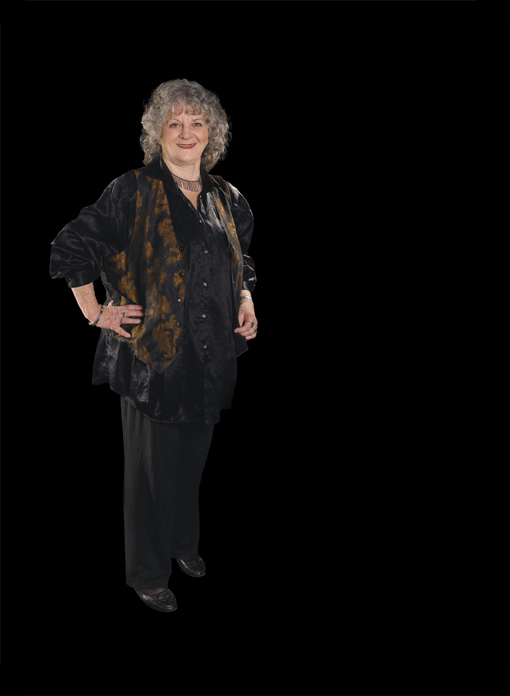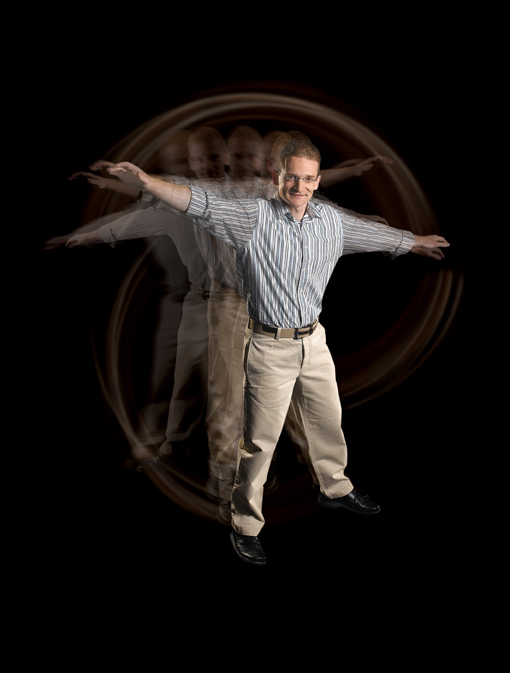Are you a journalist? Please sign up here for our press releases
Subscribe to our monthly newsletter:

"People called me a dreamer," says Prof. Ada Yonath of the Structural Biology Department, recalling her decision to undertake research on ribosomes – the cell's protein factories. Solving the ribosome's structure would give scientists unprecedented insight into how the genetic code is translated into proteins; by the late 1970s, however, top scientific teams around the world had already tried and failed to get these complex structures of protein and RNA to take on a crystalline form that could be studied. Dreamer or not, it was hard work that brought results: Yonath and colleagues made a staggering 25,000 attempts before they succeeded in creating the first ribosome crystals, in 1980.
And their work was just beginning. Over the next 20 years, Yonath and her colleagues would continue to improve their technique. In 2000, teams at Weizmann and the Max Planck Institute in Hamburg, Germany – both headed by Yonath – solved, for the first time, the complete spatial structure of both subunits of a bacterial ribosome. Science magazine counted this achievement among the ten most important scientific developments of that year. The next year, Yonath's teams revealed exactly how certain antibiotics are able to eliminate pathogenic bacteria by binding to their ribosomes, preventing them from producing crucial proteins.
Yonath's studies, which have stimulated intensive research worldwide, have now gone beyond the basic structure. She has revealed in detail how the genetic information is decoded, how the ribosome's inherent flexibility contributes to antibiotic selectivity and the secrets of cross-resistance to various antibiotic families. Her findings are crucial for developing advanced antibiotics.
Prof. Ada Yonath's research is supported by the Helen and Milton A. Kimmelman Center for Biomolecular Structure and Assembly. Prof. Yonath is the Martin S. and Helen Kimmel Professor of Structural Biology.

Anyone who has purchased a do-it-yourself cabinet might welcome the idea of self-assembly. Self-assembling furniture, unfortunately, is a pipe dream, but microscopic photocells that construct themselves could become the basis of any number of new solar technologies in the future.
Self-assembly – taking stable, strongly light-absorbing organic molecules (such as the pigments in car paint) and combining them with other materials and nanoparticles that are designed to organize themselves into smart, functional systems – will be the key to creating efficient solar devices, according to Dr. Boris Rybtchinski of the Organic Chemistry Department. These could be used, for instance, in "solar paint," which would convert sunlight to energy or fuel, right on a car's surface.
Self-assembling photocells aren't new: Plants have been using them for aeons. But the artificial systems Rybtchinski is creating make use of materials and techniques that nature doesn't have at its disposal: nanoparticles, artificial dyes, electron microscopy and femto-second (a billionth of a billionth of a second) photonics, to name a few.
Rybtchinski and his team design their nanodevices to self-assemble in water. The unique chemistry of water (the basis of all life) strengthens interactions and provides the scientists with tools to direct the assembly process. In this wet environment, the team is developing adaptable systems that can change their function in response to a stimulus. Like many biological molecules, such systems could be multi-functional, capable of rearranging their structure through simple chemical reactions.
Dr. Boris Rybtchinski's research is supported by the Helen and Martin Kimmel Center for Molecular Design; the Robert Rees Applied Research Fund; Sir Harry Djanogly, CBE, UK; Yossie and Dana Hollander, Israel; and Nathan Minzly, UK. Dr. Rybtchinski is the incumbent of the Abraham and Jennie Fialkow Career Development Chair.